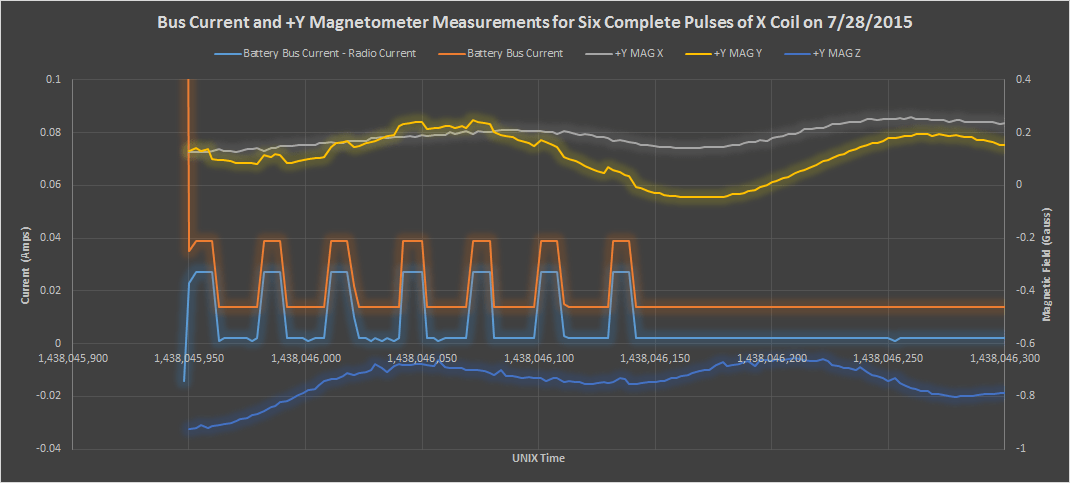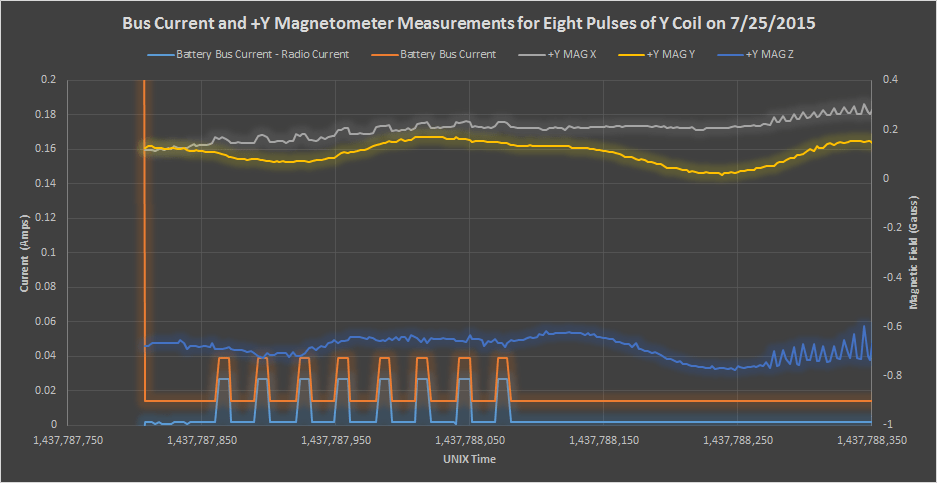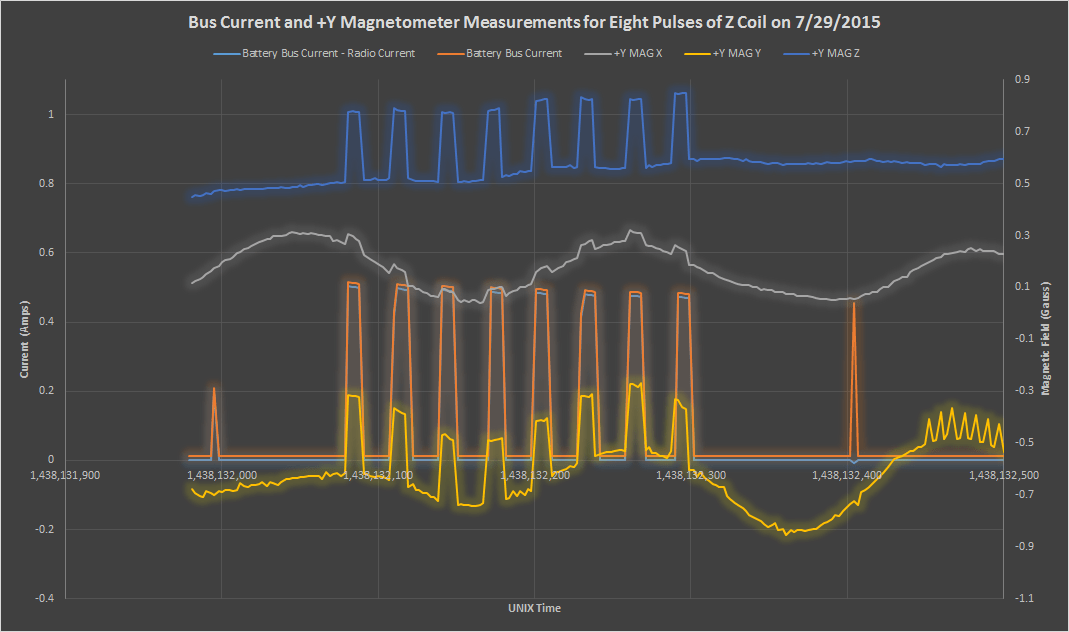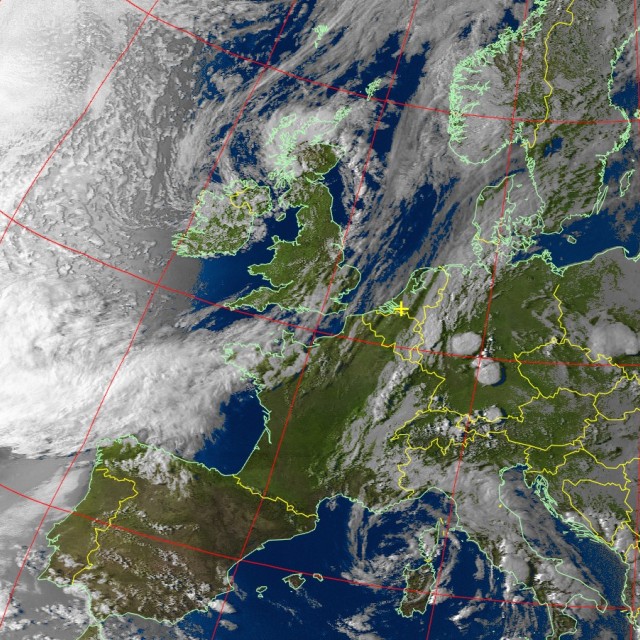Fox Telemetry Decoder Software Version 1.0 is Available for Download.
I downloaded the software to see if everything is working. I did some testing an debugging on my side. Except of the audio monitor function I got everything working with the help of the available AF and IQ recordings. The software is looking great and I am ready to received and decode the FOX satellites.
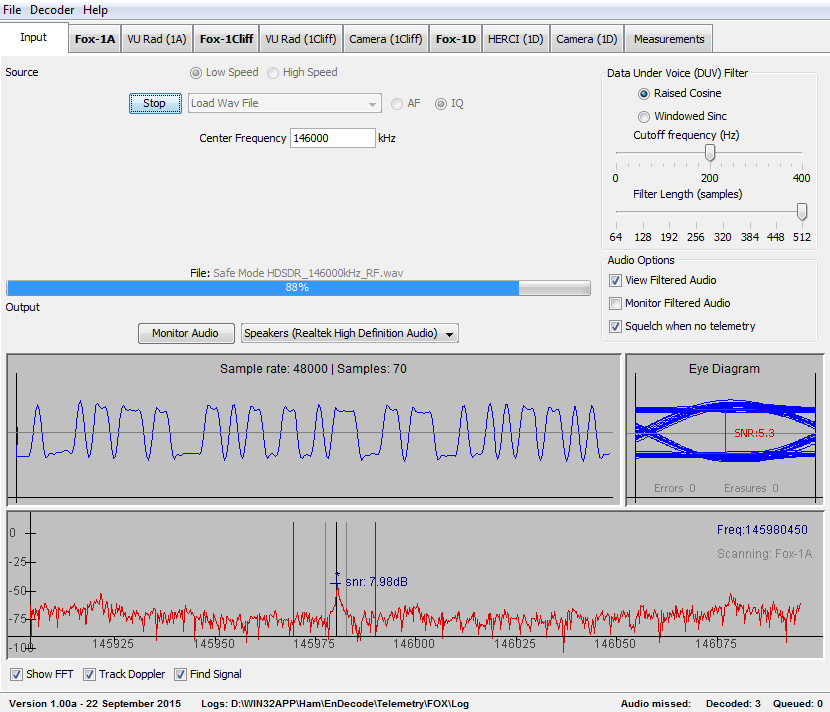
Version 1.0 of the FoxTelem software, the Fox Telemetry Decoder is being
released to enable setup, testing, and debugging of your Fox-1A ground
station prior to the launch of the satellite. FoxTelem is used to
demodulate, store and analyze telemetry data from AMSAT’s Fox series of
Cube Sats.
Fox-1 satellites include two telemetry formats:
- Slow Speed, also called Data Under Voice (DUV) is 200 bps FSK data
sent at the same time as the transponder audio. Whenever the trans-
mitter is on, data is being sent. This happens during beacons and
during live QSOs. - High Speed is 9600 bps FSK sent instead of the transponder. This is
used for data intensive experiments such as the Virginia Tech Camera.
This is only active when commanded from the ground. You can recognize
High Speed because it sounds like an old school computer modem.
FoxTelem will receive and store both formats assuming you can feed it audio
that does not have the frequencies below 200 Hz filtered. For High Speed,
the audio must also extend to include the full 9600bps bandwidth of the FM
signal. For both modes this is best achieved from a Software Defined Radio
or from the 9600 bps packet port of some radios. The FoxTelem User Guide
provides more details.

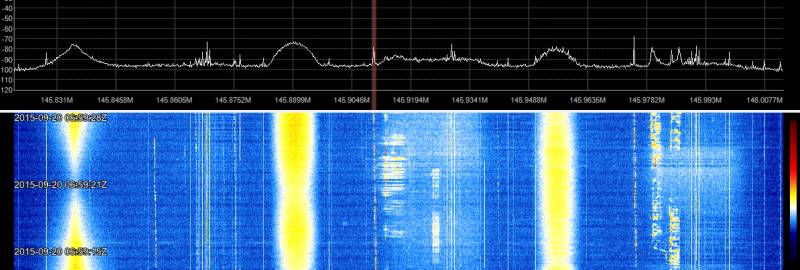
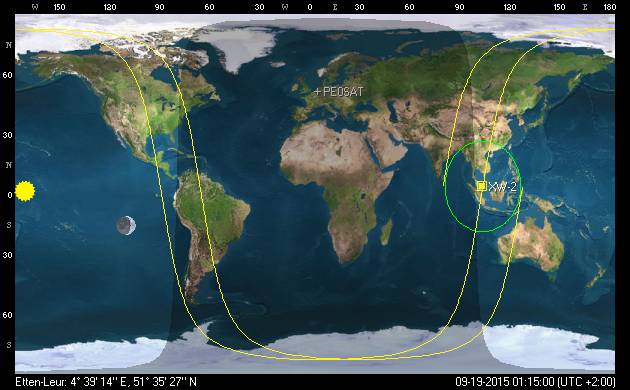
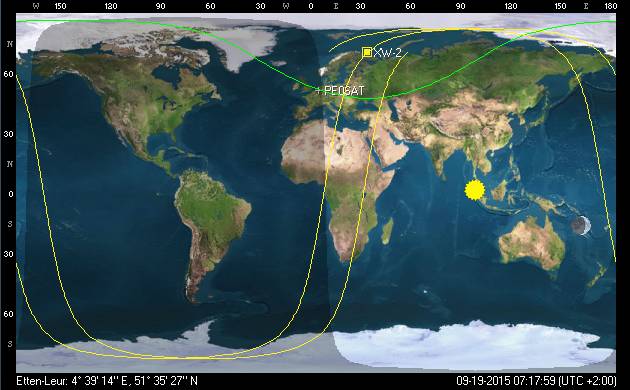
 SDR# is moving to .NET 4.6
SDR# is moving to .NET 4.6